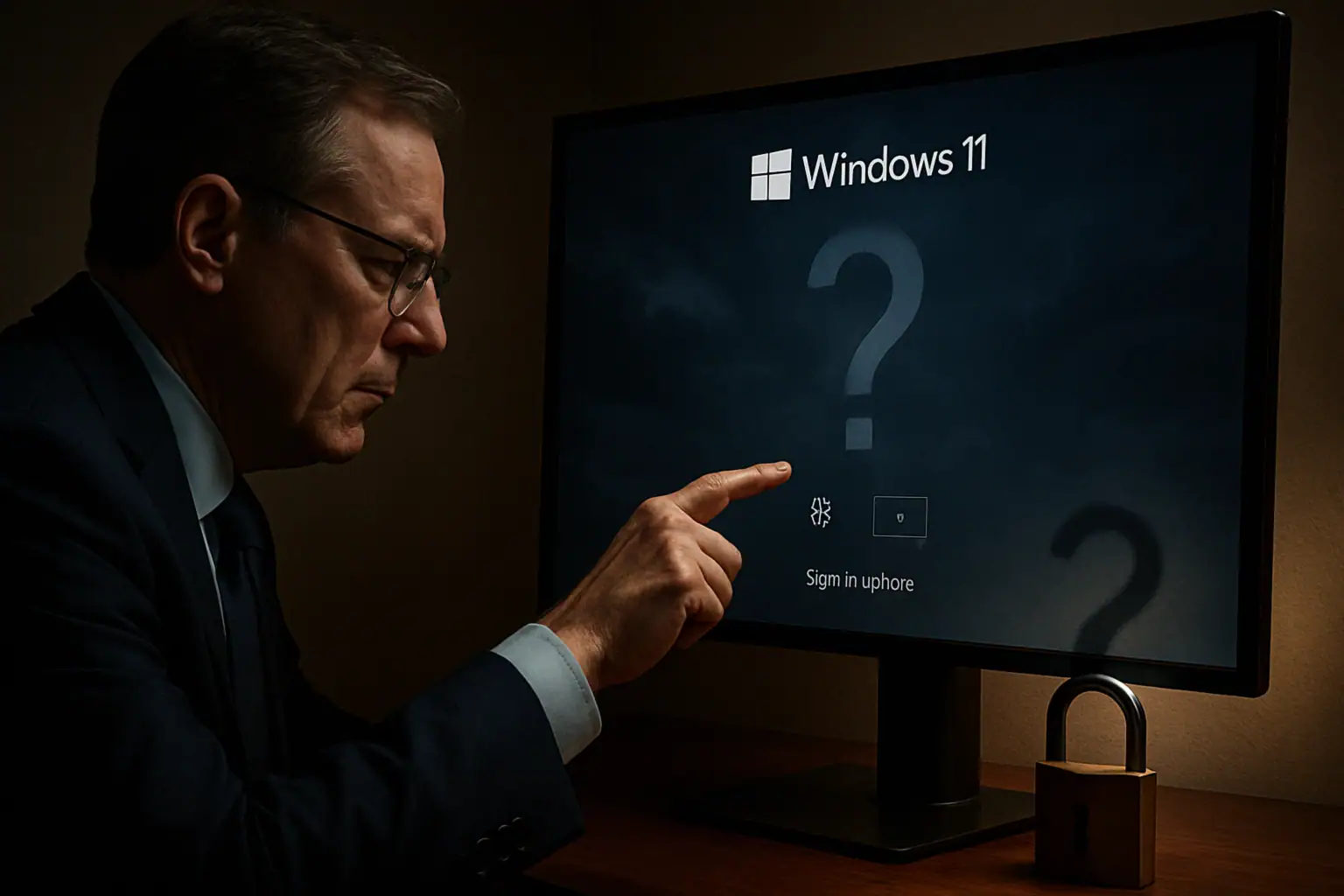A comprehensive cybersecurity investigation by Bitsight has unveiled a massive security vulnerability affecting over 40,000 internet-connected surveillance cameras worldwide, all accessible without proper authentication. This alarming discovery highlights the critical state of IoT device security and exposes significant privacy and security risks for individuals and organizations globally.
Global Distribution of Vulnerable Surveillance Systems
The research reveals a concerning geographical distribution of compromised devices. The United States leads with over 14,000 exposed cameras, representing approximately one-third of all discovered vulnerabilities. Japan follows as the second most affected country with around 7,000 accessible devices.
European nations also show significant exposure levels, with Austria, Czech Republic, and South Korea each reporting approximately 2,000 vulnerable cameras. Germany, Italy, and Russia each contribute roughly 1,000 compromised devices to the global count. Particularly concerning is the concentration of vulnerable devices in California and Texas, regions housing critical technological infrastructure and major corporations.
Technical Analysis of Security Vulnerabilities
The investigation identified two primary categories of insecure devices operating through different data transmission protocols. HTTP-based cameras constitute 78.5% of discovered vulnerabilities, while the remaining 21.5% utilize RTSP (Real-Time Streaming Protocol) for video transmission.
HTTP Protocol Cameras: Widespread Home Security Risks
HTTP-based surveillance cameras present the most significant security threat due to their accessibility through standard web browsers. These devices leverage conventional web technologies for video streaming and device management, making them particularly popular among residential users and small business owners.
The critical vulnerability stems from cameras being either completely open to unauthorized access or implementing weak authentication mechanisms. Even devices requiring login credentials often expose live video screenshots through API endpoints when specific URI parameters are correctly formatted, bypassing intended security measures.
RTSP Cameras: Professional Systems Under Threat
RTSP-enabled cameras typically serve professional surveillance installations due to their optimization for continuous video streaming with minimal latency. Despite being more challenging to detect, these devices also respond to standard URI requests and may grant unauthorized access to video feeds through protocol vulnerabilities.
Industry Sector Vulnerability Analysis
The sectoral analysis reveals unexpected patterns in vulnerability distribution. Telecommunications infrastructure accounts for 79% of exposed devices, primarily due to widespread deployment of IP cameras by residential users for monitoring pets, entrances, and property perimeters through home internet connections.
Excluding telecommunications, the vulnerability distribution across other sectors shows:
• Technology sector: 28.4%
• Media and entertainment: 19.6%
• Utilities: 11.9%
• Business services: 10.7%
• Education: 10.6%
Security Threats and Attack Vectors
Compromised surveillance cameras create multiple attack vectors for cybercriminals beyond obvious privacy violations. These devices enable industrial espionage, reconnaissance of security systems, and collection of sensitive business intelligence. Attackers can analyze facility layouts, employee patterns, and operational procedures through unauthorized camera access.
The integration of compromised cameras into botnets presents additional risks, including distributed denial-of-service (DDoS) attacks and lateral network movement. Bitsight analysts confirm active threat actor interest in these vulnerabilities, evidenced by discussions on dark web forums and automated scanning activities targeting camera endpoints.
Essential Security Hardening Measures
Implementing comprehensive security measures is crucial for protecting IP camera installations. Immediate replacement of default credentials with complex, unique passwords represents the most critical initial step. Organizations should disable unnecessary remote access features and implement network segmentation to isolate camera systems.
Regular firmware updates address known vulnerabilities, while access log monitoring enables early detection of suspicious activities. Additional protection layers include VPN implementation for remote access and proper firewall configuration to restrict unauthorized network communications.
The discovery of 40,000 exposed surveillance cameras underscores the urgent need for enhanced IoT security awareness and implementation of robust protective measures. As digital transformation accelerates, securing video surveillance infrastructure becomes essential for maintaining organizational cybersecurity posture and protecting sensitive information from unauthorized access.






